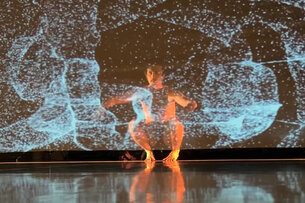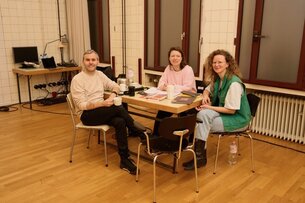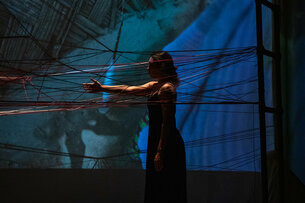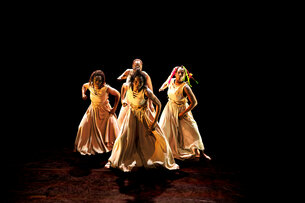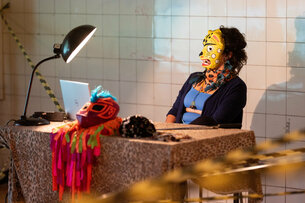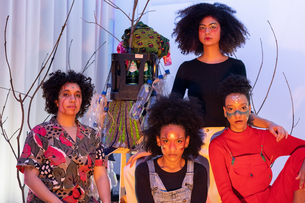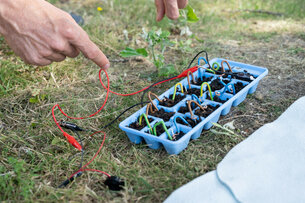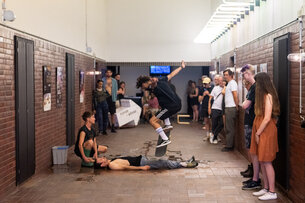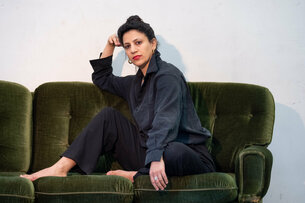#ResidencyInsights
Andras Meneses Sousa
by
Andras Meneses Sousa
Themen
Residenzen
My residency at PACT Zollverein provided a first insight into the implications of sound as both an agent of violence and resistance. Growing up in a favela in Salvador, Brazil, I became intrigued by the paredão de som phenomenon. This automotive sound structure, tied to high-powered sound systems in vehicles, serves as both cultural expression and disruptive force. In Brazil's inequality context, paredão reflects a subculture amplifying music of the marginalized in places where gated communities build walls to hide neighboring favelas. Yet, it also promotes violent noise levels. This contrast became especially evident when juxtaposed with my experience in Germany, where noise is harshly policed.
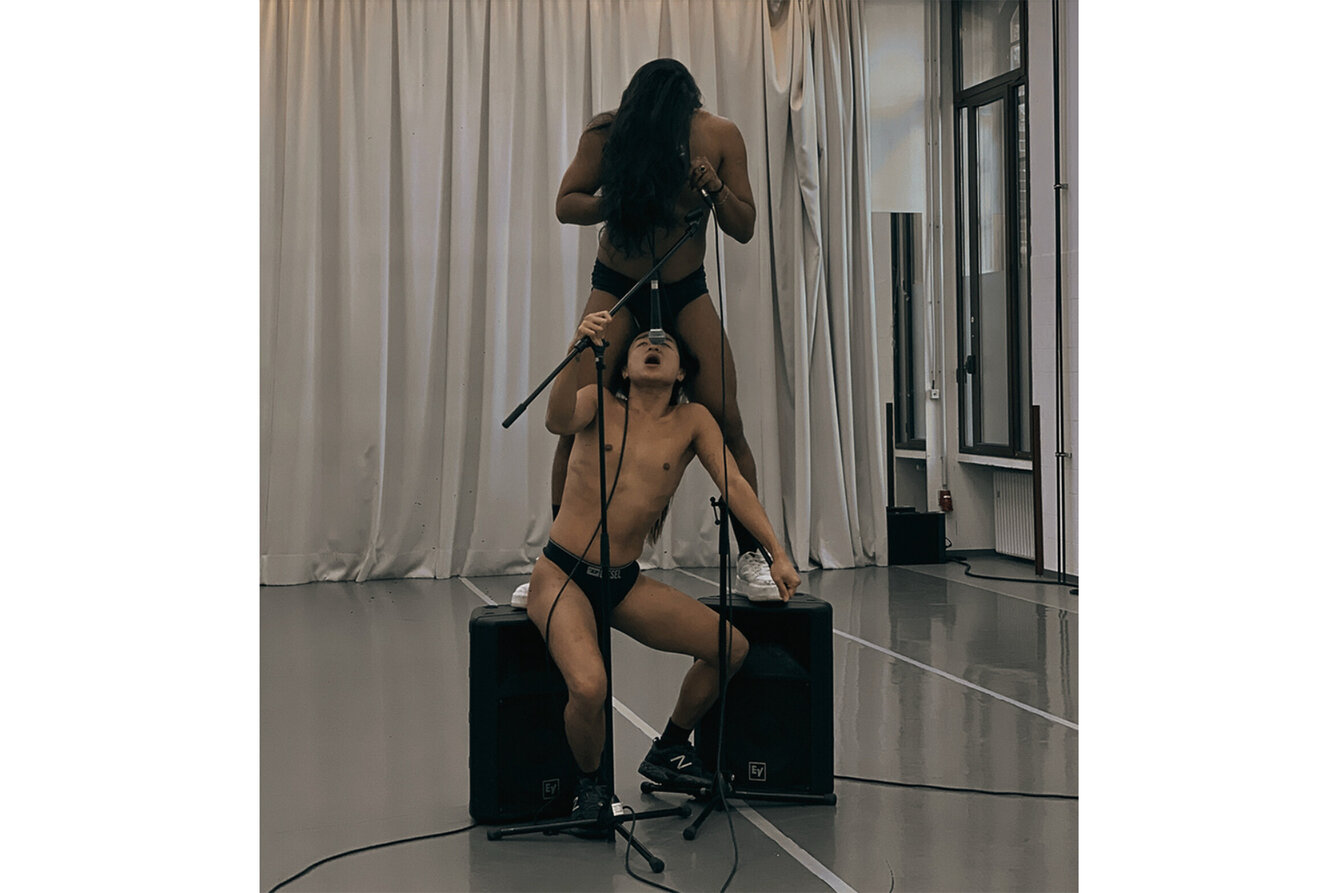
Together with 4 dancers, my focus sharpened toward the concept of “deranged”, drawn from the Nazi regime’s use of "entartete Kunst" to denounce subversive modern art. We reappropriated this term, examining how sound and movement can disrupt social and political structures. Our practice of made-up folk dances added another layer to this (we briefly explored the Schuhplattler). These dances were inspired by the aesthetics of traditional folk movements, long associated with high-culture and national identity, particularly in Germany, where folk traditions have historically been co-opted to promote ideologies of purity and cultural superiority. By juxtaposing this with Brazilian funk music and different choreographic dynamics, we explored how structured, high-culture forms could be subverted, raising questions around belonging, migration, and appropriation.
We also incorporated perspectives on femme pleasure and being "diseased" by sound, a concept used by the Nazis to label certain music as “degenerate.” Extreme noise and dissonance were explored as both corrupting and liberating, particularly in relation to femme bodies and sexual agency. Ultimately, the residency served as a deep dive into the topics and a platform for what will hopefully become a stage piece in the near future.
